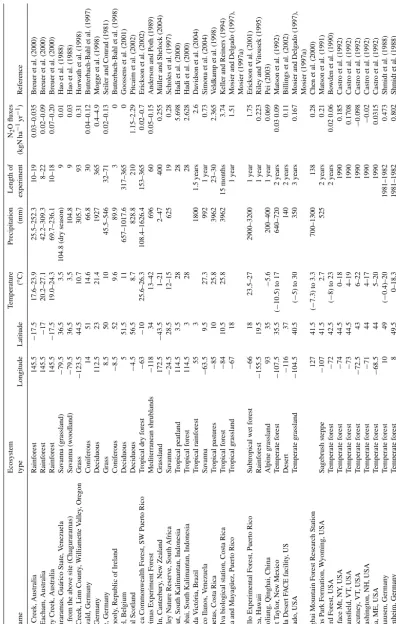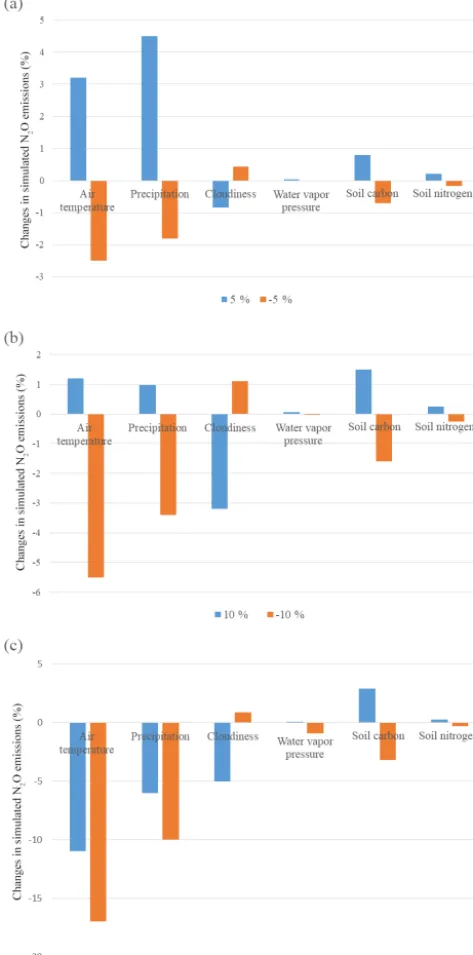Quantifying global N2O emissions from natural ecosystem soils using trait based biogeochemistry models
Full text
Figure




Related documents
Most of the earlier studies on sesame diversity were confined to morphological characterization, evaluation of agronomic traits, reaction to biotic and abiotic
74. is that with such authority to meet the competition, we will be in a stronger position to negotiate agreements and in a stronger position to enforce agreements
real time the speed of real time signals must keep up with physical phenomena such as sound or an electron beam scanning a monitor serial transferring a series of data bits one
Q1 2016 NET OPERATING INCOME – COMINAR’S PROPORTIONATE SHARE BY MARKET SEGMENT BY GEOGRAPHICAL MARKET Q1 2016 DISPOSITIONS CAPITAL OPTIMIZATION PROGRAM Q1 2016 HIGHLIGHTS
Panel II: electrophysiological procedure for motor point (MP) identification and proper electrode placement. The skin surface above the vastus lateralis muscle is mapped with
Infected leaves of susceptible wheat cultivar Thatcher were sampled at various time points, stained using both staining methods (rapid and standard), and observed under
Overall, this review focuses on commercial production status, food applications, antioxidant characteristics, health benefits, thermal stability, fractionation, cholesterol





